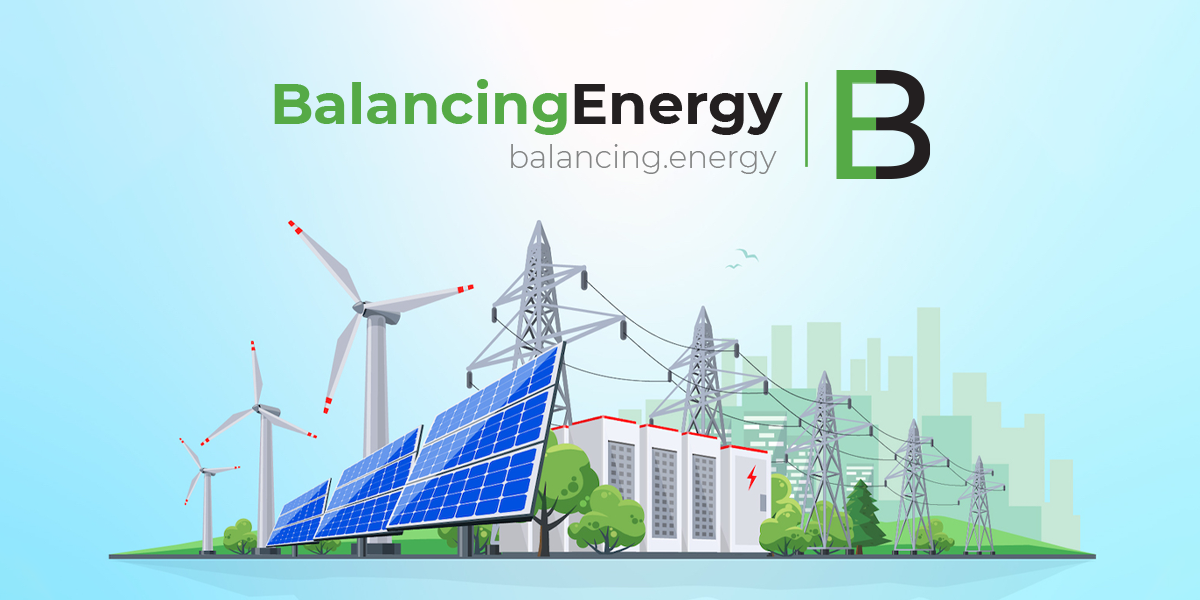Cross-border electricity trading refers to the buying and selling of electricity between different countries. In the case of Serbia, cross-border electricity trading plays a crucial role in ensuring a reliable and cost-effective supply of electricity, diversifying energy sources, and promoting regional integration in the energy sector. Here is an analysis of cross-border electricity trading in Serbia:
1. Regional Cooperation:
Serbia actively participates in regional initiatives and cross-border cooperation projects aimed at enhancing electricity trading. It is a member of various regional organizations such as the Energy Community and participates in frameworks like the Central European Initiative (CEI) and the South East Europe Energy Community (SEE EC). These platforms facilitate discussions on harmonizing energy markets, improving market efficiency, and ensuring the stability of electricity supply.
2. Market Liberalization and Regulatory Framework:
Serbia has taken significant steps to liberalize its electricity market and establish a transparent and competitive trading environment. The Energy Law of Serbia and other relevant regulations provide a legal framework for market opening, unbundling of activities, and encouraging cross-border trading. This allows market participants to engage in cross-border transactions in a fair and non-discriminatory manner.
3. Cross-Border Interconnections:
Serbia is connected to neighboring countries through several cross-border interconnections, enabling electricity trade with surrounding markets. Key interconnections include those with Hungary, Romania, Bosnia and Herzegovina, and North Macedonia. These interconnections enhance the security of supply, enable energy diversification, and provide opportunities for market participants to engage in cross-border trading.
4. Bilateral and Multilateral Agreements:
Serbia has signed various bilateral and multilateral agreements to facilitate cross-border electricity trading. Bilateral agreements with neighboring countries establish the legal and regulatory framework for cross-border transactions by defining technical and commercial arrangements. Multilateral agreements and initiatives, such as the Energy Community Treaty, contribute to harmonizing regional electricity markets and promoting cross-border trading within a broader European framework.
5. Market Integration:
Efforts are underway to integrate the Serbian electricity market with regional markets to promote efficient use of energy resources and ensure better price formation. The coupling of day-ahead electricity markets and the establishment of regional balancing markets are examples of ongoing initiatives to enhance market integration. These initiatives facilitate cross-border trade by promoting liquidity and price convergence among interconnected markets.
6. Benefits and Challenges:
Cross-border electricity trading in Serbia offers several benefits, including improved energy security, diversification of energy sources, increased competition, and access to better prices. It also promotes regional cooperation and economic integration. However, challenges remain, such as regulatory harmonization across borders, infrastructure development, cross-border transmission capacity limitations, and market coupling issues. Addressing these challenges is crucial for fully realizing the potential benefits of cross-border electricity trading.
In conclusion, cross-border electricity trading in Serbia is an essential aspect of the country’s energy sector. Efforts to enhance regional cooperation, market liberalization, cross-border interconnections, and market integration underpin Serbia’s commitment to an efficient and interconnected electricity market. Ongoing initiatives and continued collaboration within the region and Europe will be vital in ensuring a sustainable and resilient cross-border trading system.










